Diversified consumption channels
We arrived in Tuy Duc district at the beginning of the coffee harvest season. Many coffee gardens were ripening, some were already ripe, the countryside was bustling with harvest season.
From the gardens where coffee is being harvested, voices and laughter mixed with the sound of falling coffee beans can be heard, making the early morning air even more joyful and clear.
Around noon, groups of young men gathered heavy bags of coffee at the edge of the field to transport them to the drying yard of the coffee purchasing agent.
Like many coffee growers in Tuy Duc district, Nguyen Van Thanh’s family in Dak Buk So commune also enjoyed a good coffee crop and good prices this year. For more than a month now, since the coffee trees in his garden started to ripen, Thanh has been picking and selling everything he can.

According to Mr. Thanh, his family has nearly 2 hectares of coffee. In previous years, due to difficult roads, traders often bought at 2-3 times lower prices than in the central area.
But this year the coffee trading situation is different. Thanks to information channels reporting daily coffee prices, even though he sells at the farm, he still knows how to trade at the general market price.
“Right now, I’m still picking coffee, and in a few days the coffee will be ripe, but I’m not worried about finding a place to sell my coffee. Because in the past few days, I’ve received quite a few calls asking to buy coffee, but I haven’t agreed yet. I think it’s just a matter of buying and selling, so I’m not in a hurry,” said Mr. Thanh.
According to the listed price from the Vietnam Coffee Exchange, on November 20, 2024, the coffee price was at 113,800 VND/kg. On November 26, 2024, the coffee price increased to over 120,000 VND/kg. Thus, the coffee price is fluctuating in an upward direction.
Similarly, Mr. Nguyen Van Quyet’s family in Dak Ha commune, Dak Glong district has more than 4 hectares of coffee. For more than a week now, Mr. Quyet has sold more than 1 ton of fresh coffee at VND27,500/kg.
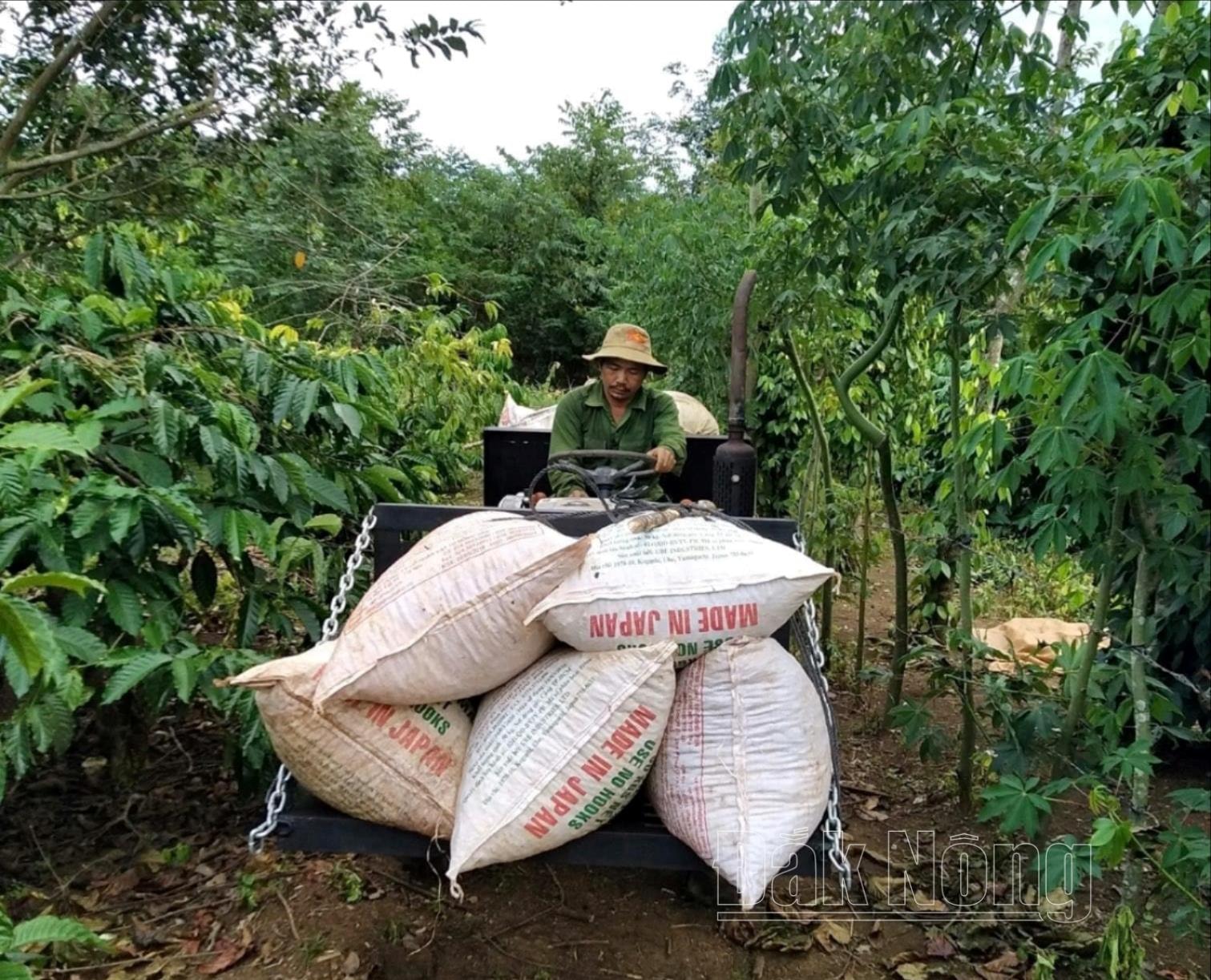
According to Mr. Quyet, the price is three times higher than previous years, so his family is trying to sell early, instead of choosing to leave it and dry it like every year. This is the first year Mr. Quyet sells fresh coffee, picking it in the morning and earning money in the afternoon, without having to worry about drying, storing it in a warehouse, or worrying about market prices.
"Selling fresh coffee helps me reduce a lot of costs and effort. Every year after the coffee harvest, I feel like I've just recovered from an illness. This year, all the harvesting steps are done quickly, so I can focus my energy on the upcoming care and watering," said Mr. Quyet.
Ms. Nguyen Thi Luan, owner of a coffee purchasing facility in Dak Ha commune, Dak Glong district, said that because the price of coffee at the beginning of the season is much higher than every year, many gardeners are thinking of harvesting early to sell fresh.
In the early days of the season, due to impatience, people picked a lot of green coffee. Up to now, agents and businesses have prioritized buying coffee with a high ripening rate, so the picking of green, young coffee has been limited.
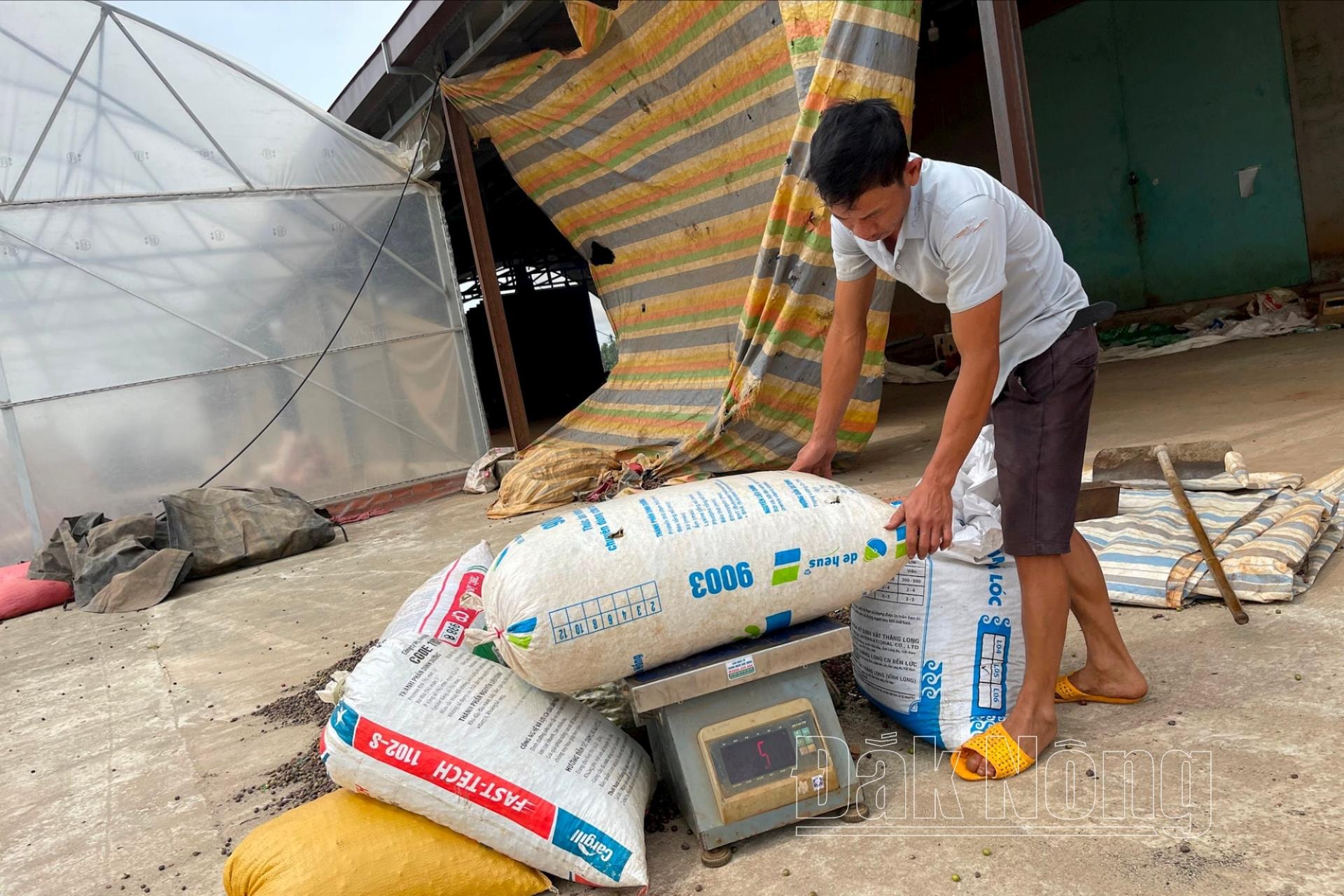
“When farmers see the high prices, they all try to sell a portion. Not only do they get a high price, they also save on drying time, and they have money to pay workers, without having to deposit or get paid in advance like every year,” Ms. Luan shared.
According to preliminary statistics from the functional sector, Dak Nong has about 1,300 agents and companies specializing in the field of buying, selling and processing agricultural products, including coffee. In addition, the province is cooperating with hundreds of partners in purchasing and exporting agricultural products.
Gradually professionalize the consumption stage
According to Mr. Pham Tuan Anh, Director of the Department of Agriculture and Rural Development of Dak Nong province, currently, the local agricultural supply chain still has the appearance of traditional customs, especially the coffee industry chain.
With the traditional method of production and trading, after harvesting, there are buyers at the end of the alley. Then, the buyers collect them and bring them back to resell to establishments, agents, etc. Due to many intermediary levels, transparency in product consumption is difficult.
To limit the situation of arbitrary coffee trading in rural areas, in recent years, Thinh Phat Agricultural - Medicinal Materials - Trade Service Cooperative, Quang Son Commune, Dak Glong District has guided farmers on techniques and supported product output for farmers.
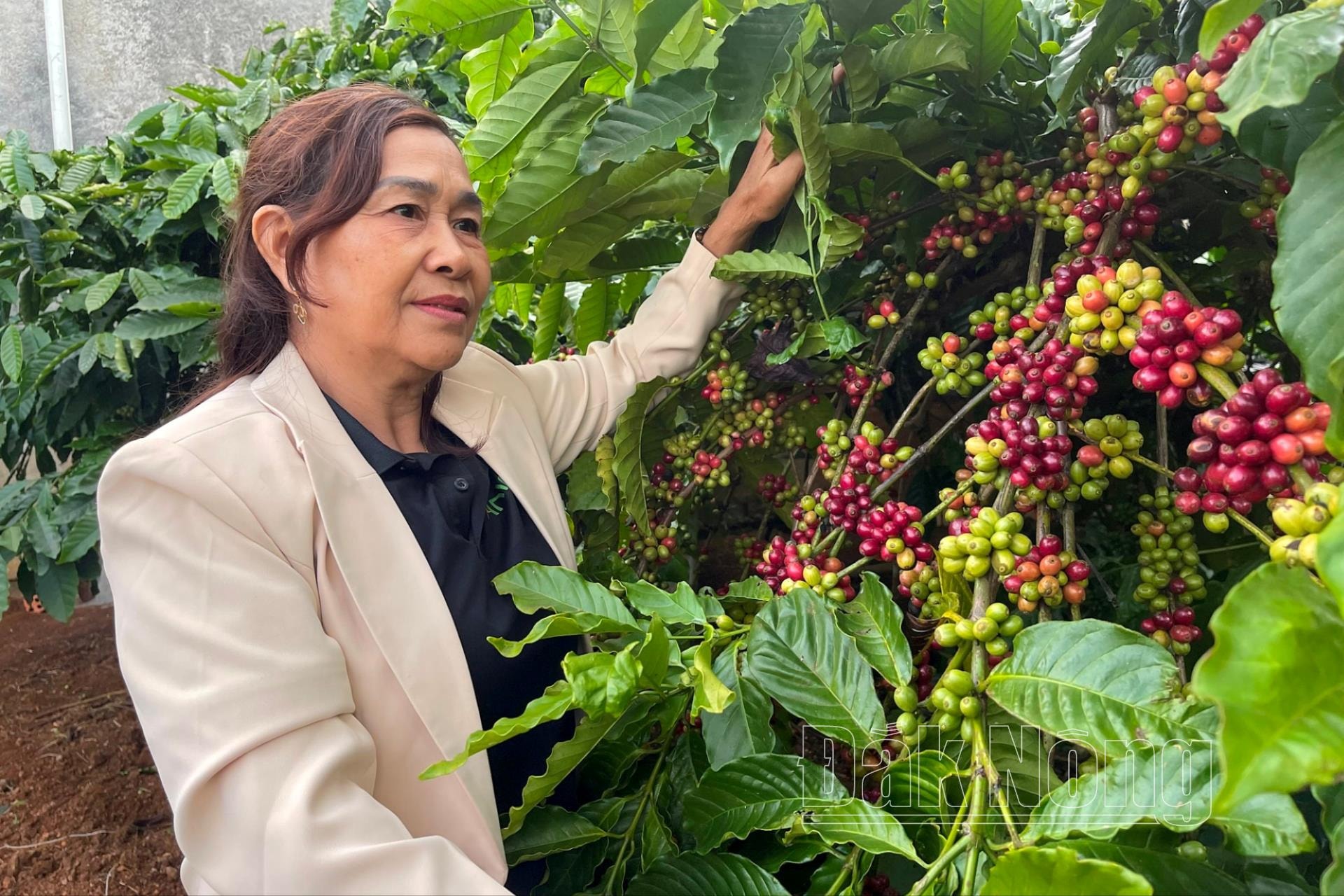
Ms. Nguyen Thi Toan, Director of the Cooperative, said: “Currently, the Cooperative is supporting 30 member households to participate in the sustainable landscape coffee program implemented by the provincial Department of Agriculture. The Cooperative also mobilizes farmers in the area to pick ripe coffee, process it, and dry it, helping to improve the quality of coffee products.”
As a large exporting company in Dak Nong province, Intimex Dak Nong Joint Stock Company has collected coffee through intermediaries, local purchasing enterprises, cooperatives, and direct selling farmers.
This consumption connection has helped create a tight purchasing chain from coffee farmers to consumers, ensuring that all parties in the supply chain benefit and cooperate long-term.
From 2022 to 2024, the company purchased over 61,873 tons of coffee, with an export output of over 59,272 tons, reaching a turnover of over 131.7 million USD. Of which, the company exported to countries such as Germany, Russia, Spain, Italy, the Netherlands, France over 46,700 tons; Japan, Korea, China, Malaysia over 11,800 tons of coffee...
“The benefits of connecting consumption with foreign markets not only bring economic benefits to farmers and businesses but also contribute to the sustainable development and growth of the Vietnamese coffee industry,” said Mr. Ho Hoai Duc, representative of Intimex Dak Nong.
According to Mr. Pham Tuan Anh, Dak Nong coffee farmers, cooperatives and businesses are changing and professionalizing in coffee consumption. Farmers often join cooperatives to buy and sell coffee products together.
Cooperatives and businesses often cooperate with partners to create a supply chain for both input and output for coffee. This professionalism is contributing greatly to improving the quality and value of Dak Nong coffee.
Source: https://baodaknong.vn/dau-ra-ca-phe-dak-nong-duong-lon-da-mo-235745.html









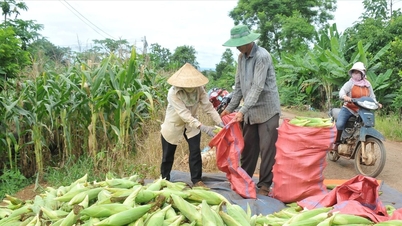
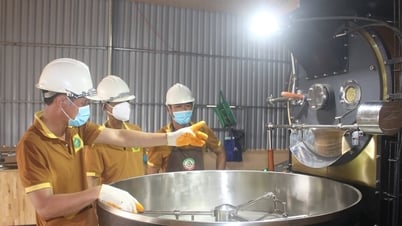
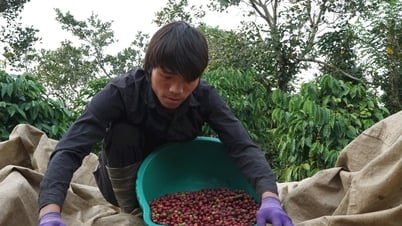
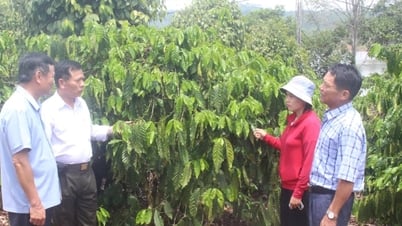

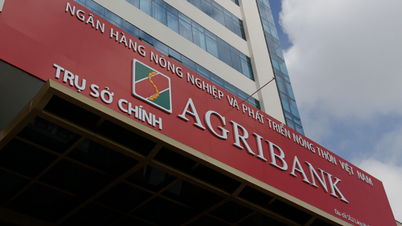













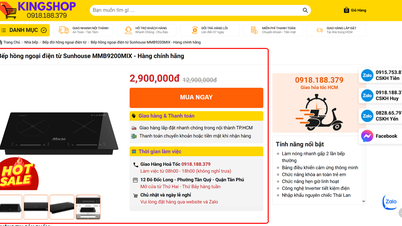



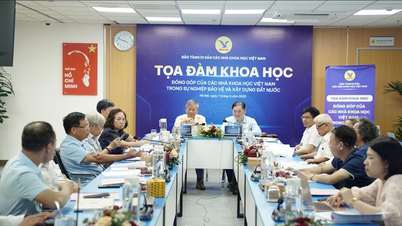


























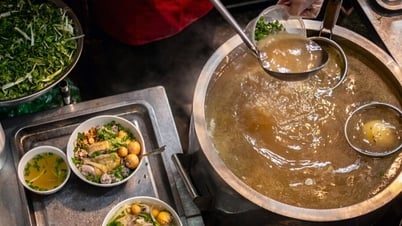







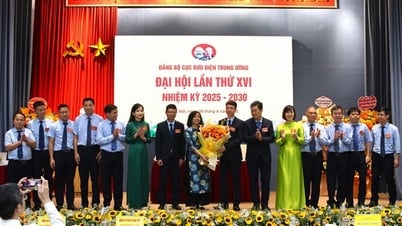










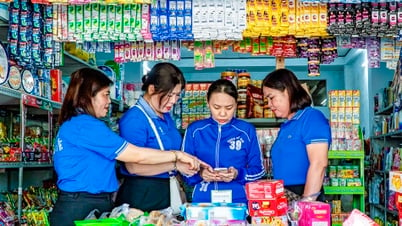


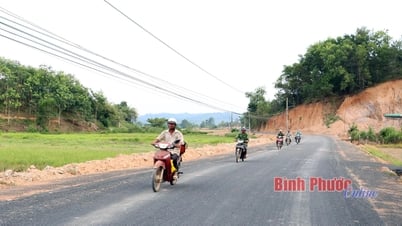

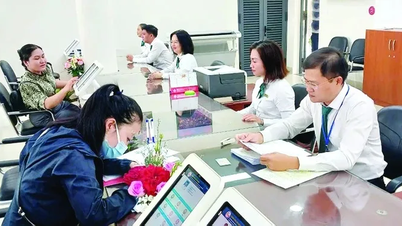









![[OCOP REVIEW] Tu Duyen Syrup - The essence of herbs from the mountains and forests of Nhu Thanh](https://vphoto.vietnam.vn/thumb/402x226/vietnam/resource/IMAGE/2025/6/5/58ca32fce4ec44039e444fbfae7e75ec)







Comment (0)